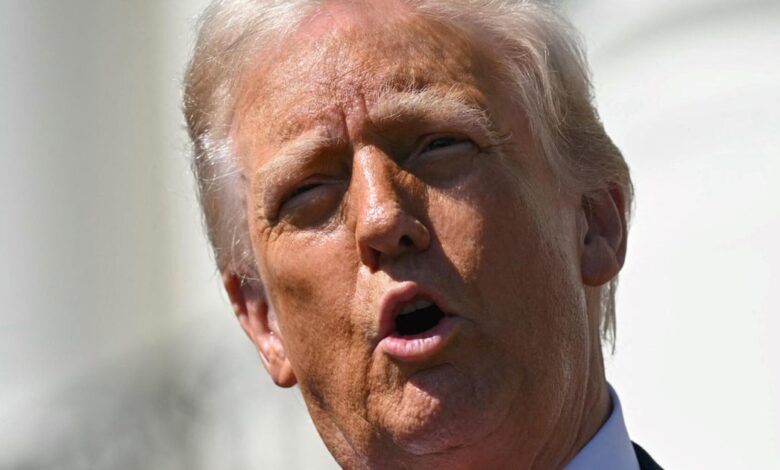Why did Trump pause the tariffs? The bond market rebelled — here’s what that means.

Treasury Department is projected to pay more than $380 billion in interest on its debt, according to the Congressional Budget Office. If bond yields continue to rise, that number could grow significantly, putting even more strain on the federal budget.
The impact of the bond market turmoil extends beyond just the government’s finances. Higher bond yields could lead to higher borrowing costs for businesses and consumers, slowing economic growth and potentially leading to job losses. The stock market volatility caused by the tariffs also has the potential to wipe out trillions of dollars in wealth for investors, further dampening economic activity.
Some analysts have warned that the Trump administration’s tariff policies could trigger a full-blown financial crisis if not reversed. The bond market’s reaction to the tariffs is a clear signal that investors are deeply concerned about the economic fallout from the trade war.
As the Trump administration reevaluates its trade policies in response to the bond market turmoil, the future of U.S. economic policy remains uncertain. The bond vigilantes have once again made their presence known, and their influence on government policy is undeniable. Only time will tell whether the administration heeds their warnings and changes course before it’s too late. The United States government has found itself in a precarious financial situation, with Treasury data revealing that it spent more than $1 trillion to service its debt in 2021. This staggering amount is more than double the roughly $500 billion spent in 2020, and it can be largely attributed to higher interest rates set by the Federal Reserve in response to the post-pandemic surge in inflation.
The increase in bond yields has the potential to further escalate the government’s debt servicing expenses, placing additional strain on the federal budget. Economist Paul Ashworth of Capital Economics pointed out that even President Donald Trump, who managed to withstand a stock market downturn, eventually succumbed to pressure when the bond market began to weaken. This led to a reversal of his high tariffs, emphasizing the impact of rising interest rates on economic policies.
The implications of this significant increase in debt servicing costs are far-reaching. It not only places a heavier burden on the government’s finances but also raises concerns about the sustainability of the national debt. As interest payments continue to rise, they consume a larger portion of the budget, leaving less room for essential government programs and services.
Moving forward, it will be crucial for policymakers to carefully manage the country’s debt and interest rate policies to prevent further escalation of debt servicing costs. Finding a balance between economic growth and fiscal responsibility will be essential to ensure the long-term financial stability of the United States.
In conclusion, the surge in debt servicing expenses highlights the challenges facing the U.S. government in managing its finances. By addressing the root causes of this increase and implementing prudent fiscal policies, the government can work towards reducing its debt burden and securing a more stable financial future.





